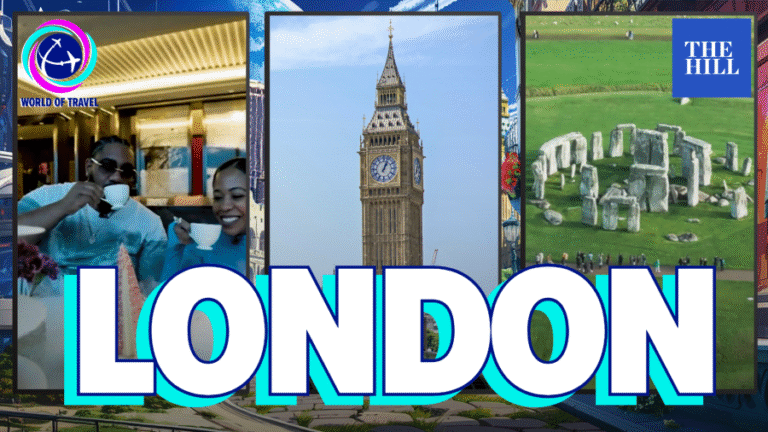
The administration’s new AI Action Plan is packed with sweeping proposals on infrastructure, innovation and international competition. It features executive orders on datacenter siting, AI export promotion and procurement mandates designed to ensure ideological neutrality in federal use of large language models. But one thing is conspicuously absent: any meaningful action on copyright or intellectual property as it relates to artificial intelligence.
That omission is not accidental. It reflects a strategic decision to let the courts take the lead on what may be one of the most politically volatile and technically complex issues in the AI policy landscape.
In the last few months, the judiciary has stepped into the vacuum. In Bartz v. Anthropic, the courts delivered a major win for AI developers, finding that the ingestion of publicly available data for model training likely qualifies as fair use. This input-side victory removes a significant legal barrier for developers and sets the stage for more ambitious model development using existing internet content.
On the other side of the equation, the Midjourney case is pending and could resolve questions around output and copyright infringement. Specifically, the courts are weighing whether AI-generated works that resemble copyrighted material are themselves protected or infringing. This ruling has the potential to reshape how models are trained, fine-tuned, and used commercially.
Rather than step into the fray, the administration appears to be waiting in the wings. It makes no mention of new copyright guardrails, legislative reforms or regulatory interventions. While some might view this as neglect, the more likely explanation is that the administration sees greater advantage in staying out of the courtroom until a clearer legal precedent has been set.
There is political logic to this. Intellectual property reform often attracts vocal opposition from multiple sides. Artists and creators demand strong protections, while developers and platforms argue for flexibility and legal certainty. By not picking sides, the administration avoids alienating either camp. It also preserves political capital for other priorities, such as streamlining permitting for data infrastructure, removing export hurdles and blocking what it frames as ideologically skewed AI models from entering federal use.
This is not the first time a White House has deferred to the courts. Previous administrations have often found that copyright law, which sits at the intersection of First Amendment rights, commercial interests, and rapidly evolving technology, is better shaped through litigation than legislation. The current moment is no exception.
That said, this does not mean copyright and IP concerns are off the table. Once the courts rule on both input and output questions, the administration may revisit the issue with greater clarity. At that point, it will be able to shape policy that reflects the legal status quo rather than trying to force consensus in a fragmented and fast-moving space.
In the meantime, stakeholders across the AI and creative sectors should pay close attention to what is unfolding in the courts. The decisions being handed down now will likely do more to define the rules of the road for generative AI than any executive action or congressional bill in the near term.
By stepping aside, the administration is not abdicating responsibility. It is letting the judiciary do what it arguably does best, provide legal clarity when politics cannot. The AI Action Plan may be silent on IP for now, but its silence speaks volumes.
Joseph Hoefer is principal at Monument Advocacy.


